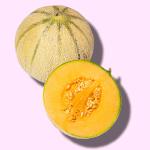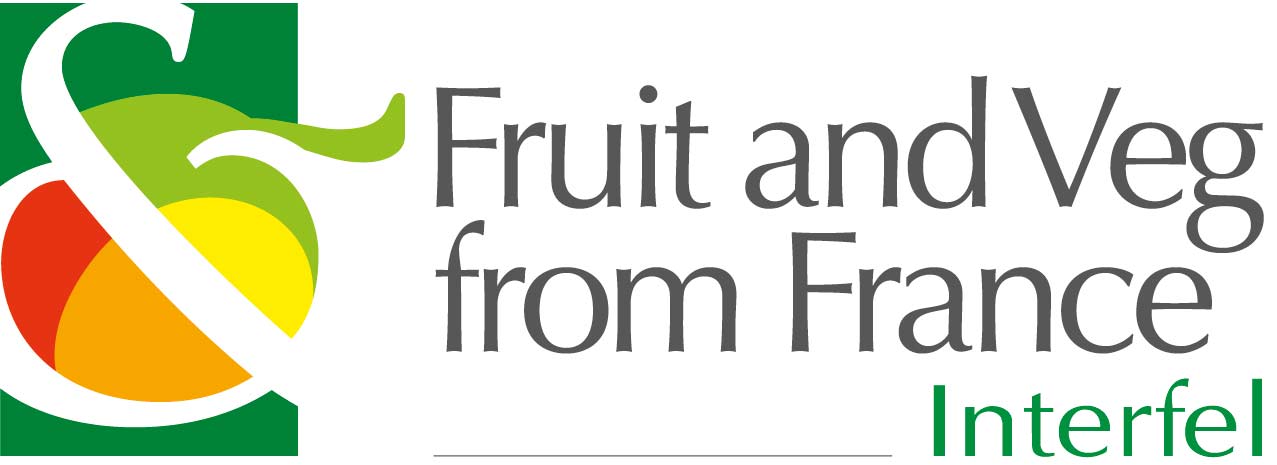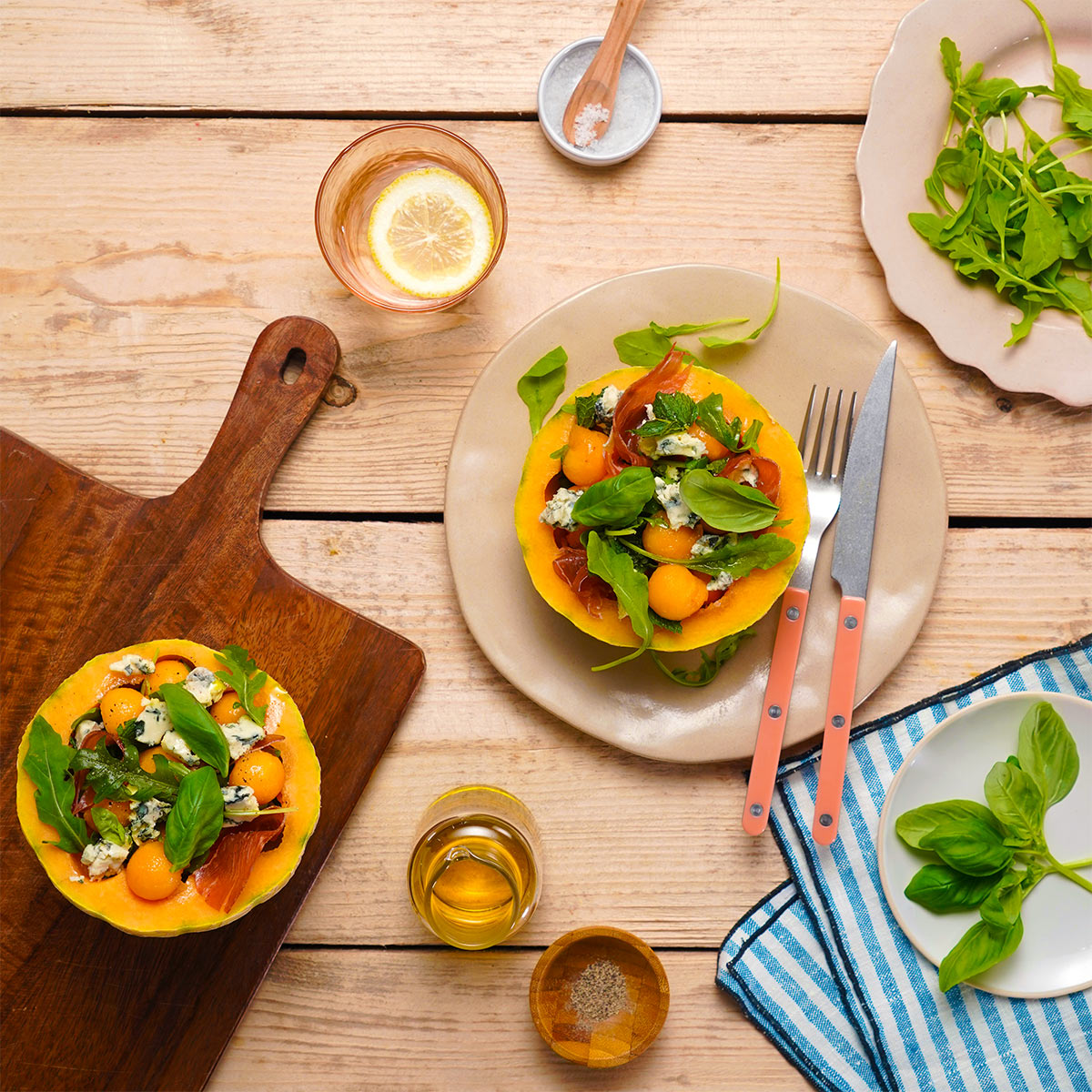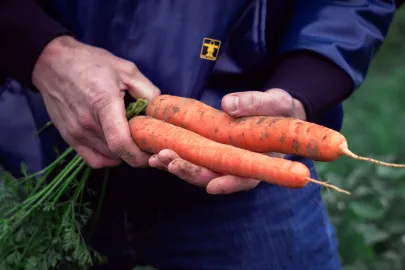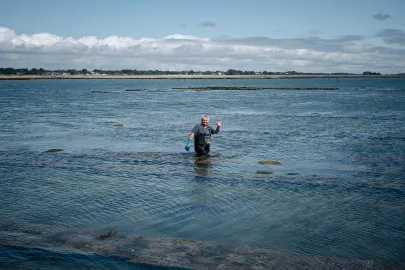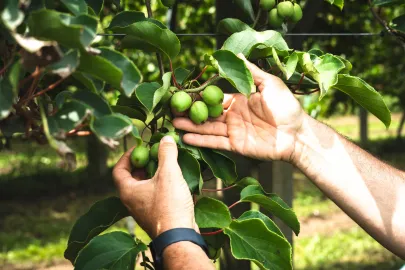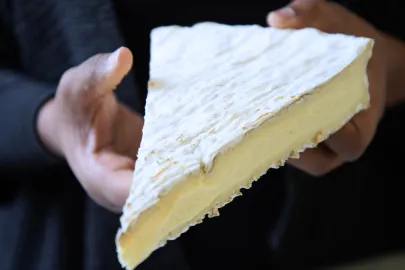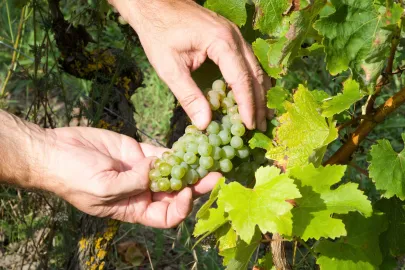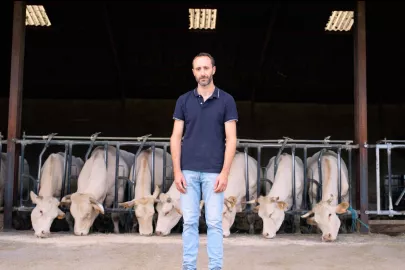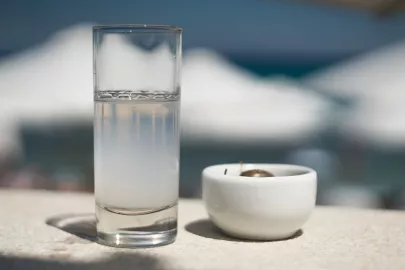It is the superstar fruit of our summer. France is the third largest producer in Europe with some 450 hectares of land dedicated to melon growing.
Whilst we may know it better as a Cantaloupe or Charentais – referring to the melon variety rather than the place of origin -, this orange-fleshed fruit is mainly grown in the Nouvelle-Aquitaine and Occitanie regions of France. It is in this sun-soaked corner of France, formerly named Languedoc-Roussillon, where we can find Patrick Albouys, renowned melon grower in the village of Saint-Gilles in the Gard.
Summer production thanks to the southern-French climate
Patrick can, quite naturally, be found in the sunshine in the middle of July. All around him, across his fields, are the fruits of his hard labour, namely melons. The season runs each year from June to September. “Some eighty days of hard work, with a lot of manual labour and daily harvesting, starting early in the morning”, says the melon grower.
Melon growing is in its heyday in the Gard region where it has been traditionally produced for centuries. Initial planting, which needs to be in soil with a sufficiently high temperature (at least 14° C), is then followed by a labour-intensive phase where protective tarpaulins are removed, so as “pollination can take place at just the right time”, Patrick explains.
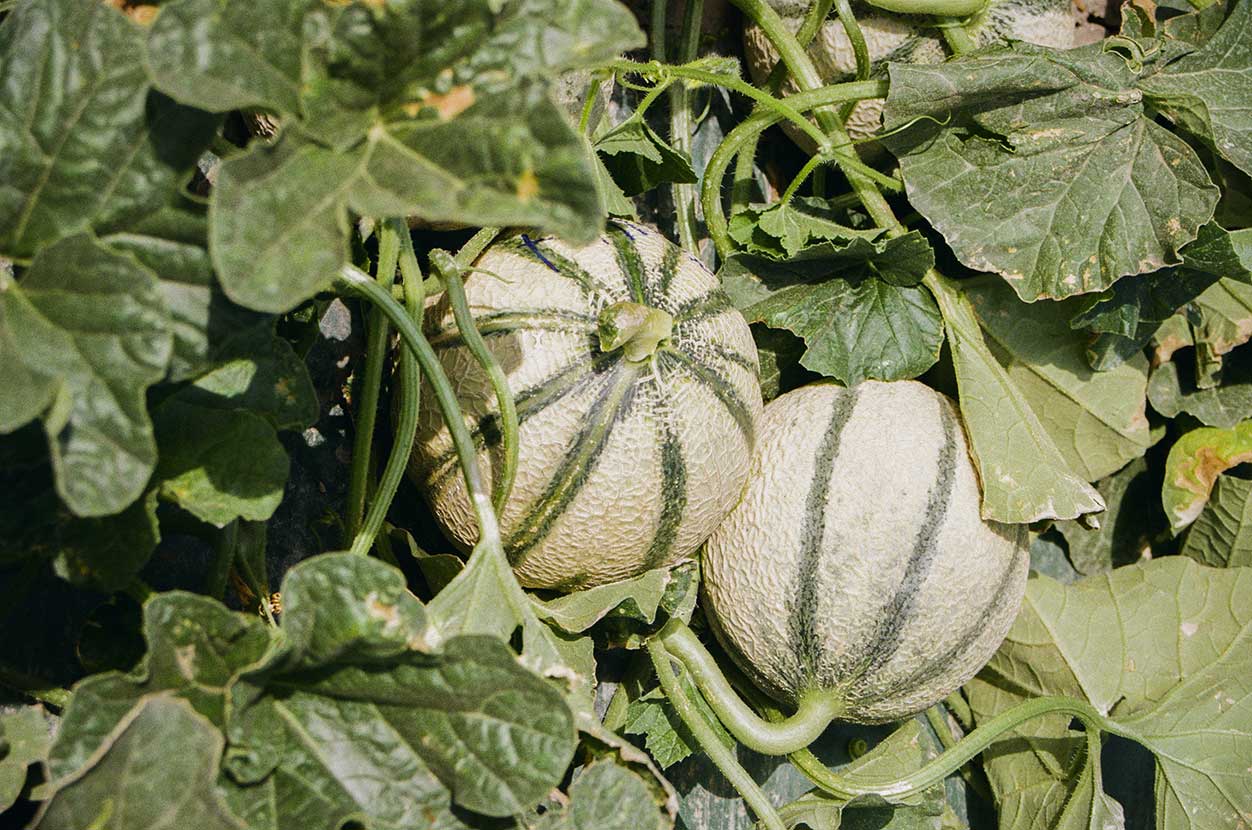
© Elsa David
The southern-French climate – with its generous levels of sunlight, marked by cool night-time temperatures -, is particularly conducive to development and ripening of the fruit. In addition to these favourable weather conditions, Patrick has also equipped his outfit with infrastructural innovations and cutting-edge machinery, so as to reduce the difficulties as much as possible for people who work in manual production activities.
A certification committed towards eco-responsible agricultural practices
The requirements are very stringent and imply “good working practices” such as water management, thanks to a well-measured drip irrigation system, and mulching on the soil to promote water retention. The HVE – or High Quality Environmental certification -, is indeed one of the highest levels of certification for agricultural operations and has been adopted by Patrick Albouys for the last three years.
The local producer was keen to adopt this environmental certification in order to protect the ecosystems and reduce any potentially harmful consequences on the environment. And at the same time, to guarantee the sustainability of successful fruit production.
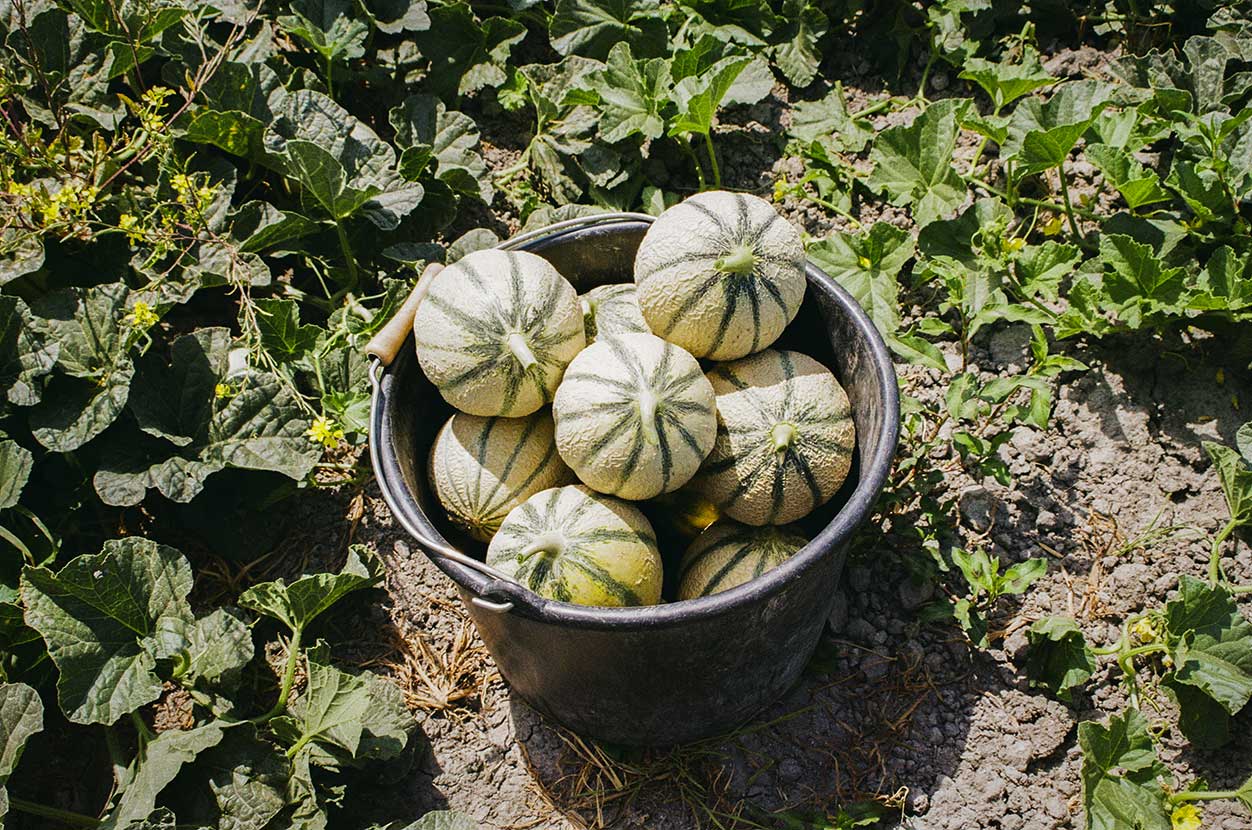
© Elsa David
And what part do “good melons” play in all of this?
Whilst there is no shortage of melon varieties, of all colours of the rainbow – including the Noir des Carmes, Canary melon, Petit gris de Rennes -, the Cantaloupe variety, previously known as the Charentais, is the most grown and consumed in France. For Patrick, the numbers speak for themselves. “We grow across 100 hectares of land, with a return of 25 tonnes/hectare. Some years are better than others!”. He goes on to tell us that everything is linked to the weather conditions. Clement weather is always a good sign after spells of bad weather which affect the seasonal temperature norms, such as this year for instance with the storms. There is, however, a second period for harvesting which runs through until October, and should benefit from the sunny weather forecast in August.
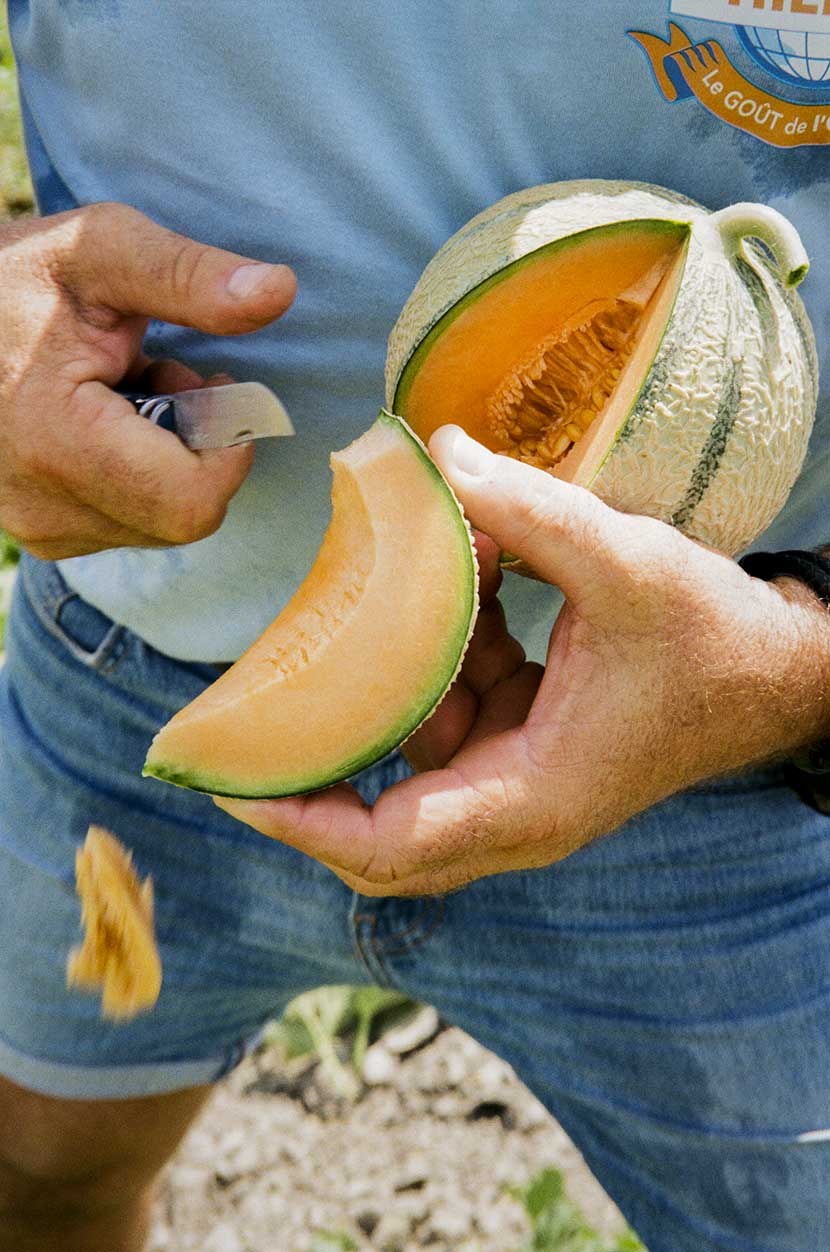
© Elsa David
There is nothing quite like the advice of an expert to tell whether a melon is ripe and good for eating, with guaranteed aroma and flavour. “A good melon should have a good yellow colour evenly spread across the whole of the skin, but you can tell when you use the secateurs, and the stem snaps off easily, which is a sure sign”, Patrick confirms.
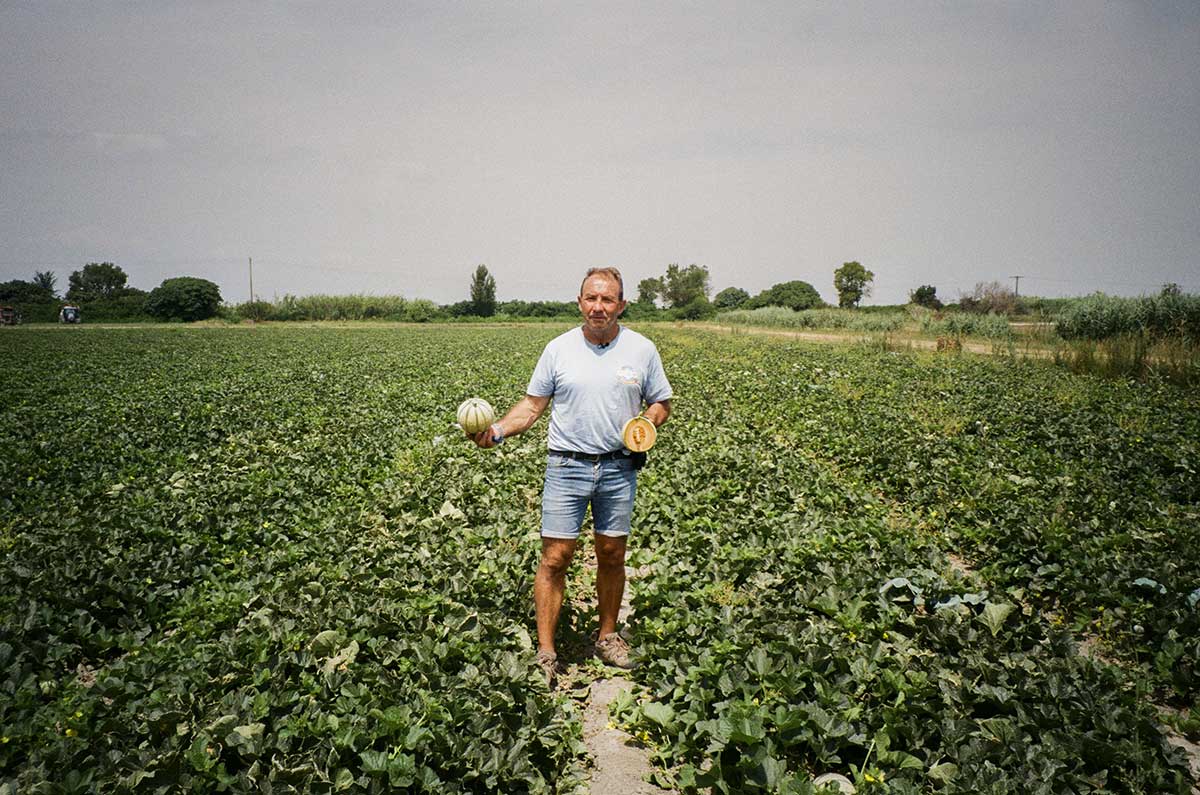
© Elsa David
He is certainly no stranger to melons, but he can never get enough of them. He recommends pairing them with local cured ham, a classic, but above all loves them “on their own”, something that is sure to whet anyone’s appetite. And they are also ideal as a granita, in a summer salad, or with shrimp and avocado.
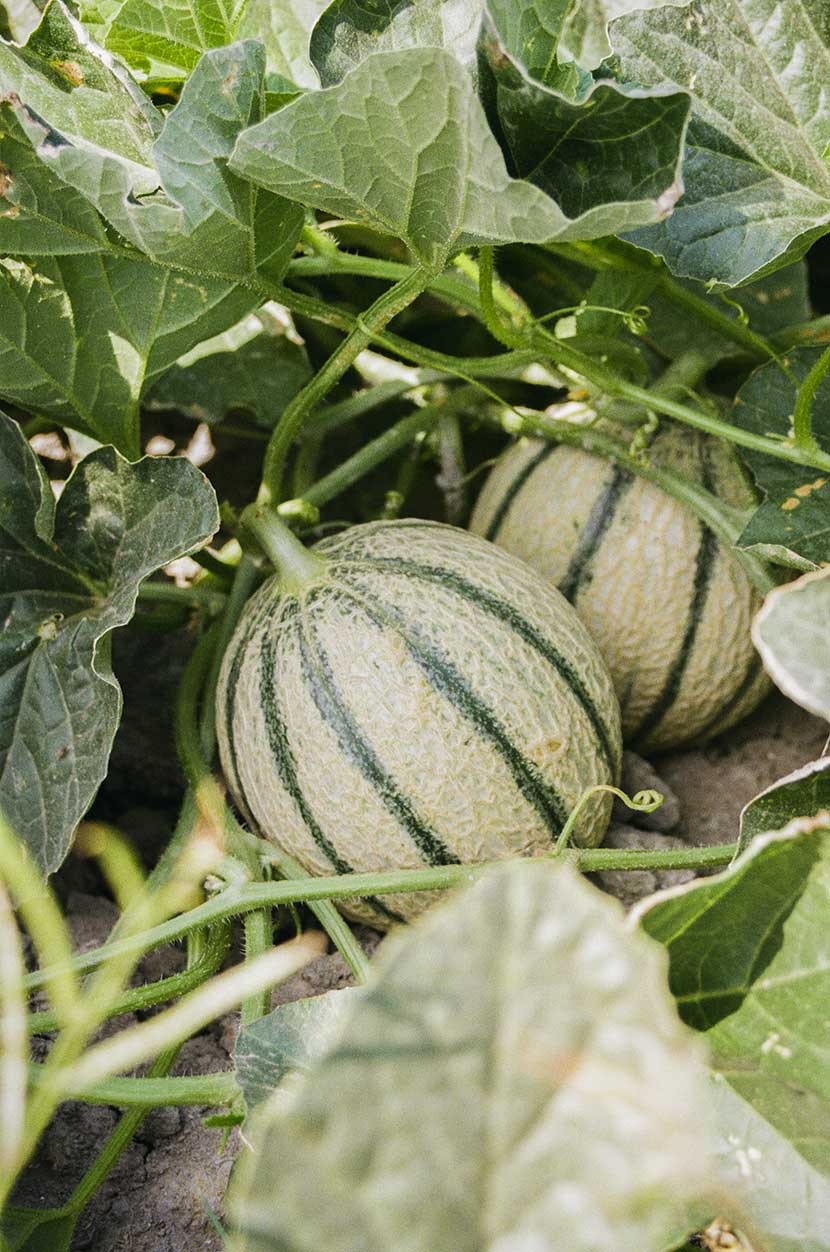
© Elsa David
A brief history of the melon, an ancestral Cucurbitaceae
The story begins some five centuries ago, in Ancient Egypt, where the orange-fleshed fruit first grew and was offered up as a sacrifice to the Gods, already illustrating the recognition of its flavour qualities. However, it was not until much later, in the 15th Century, that Charles VIII first introduced it to Cavaillon, in southern France, where it is still grown today. Much loved by the French Royalty, melons were grown in the gardens at the illustrious Versailles Palace by Jean-Baptiste de La Quininie, who was the French King’s gardener and chef.

